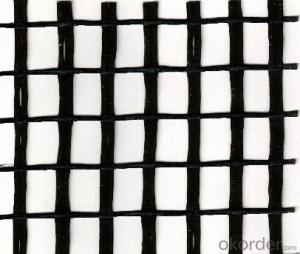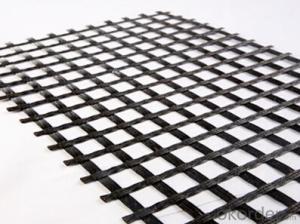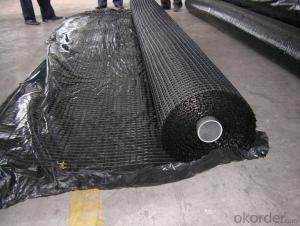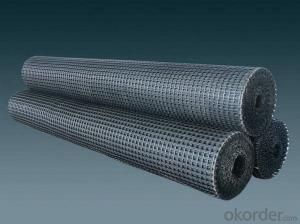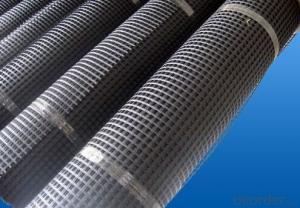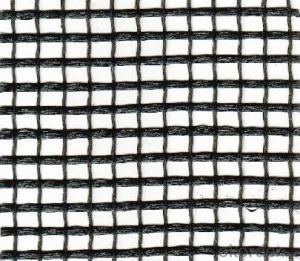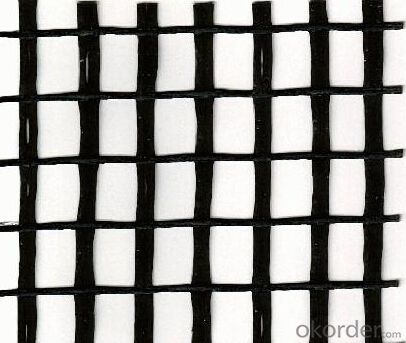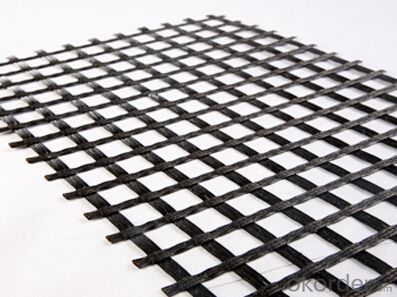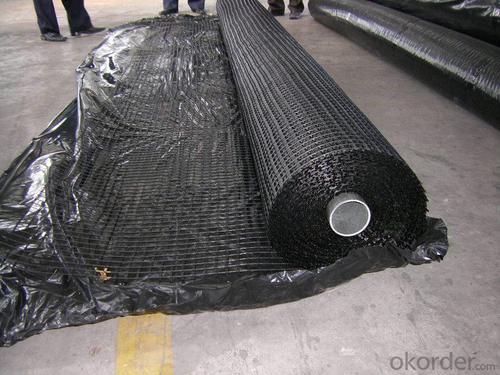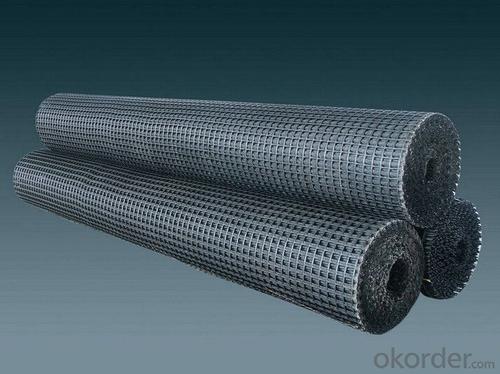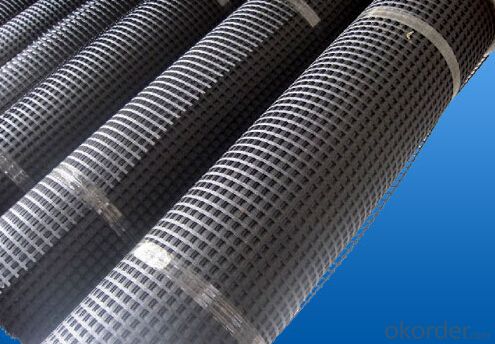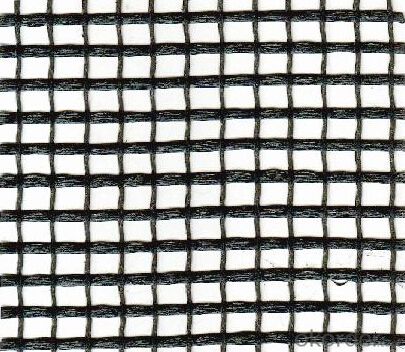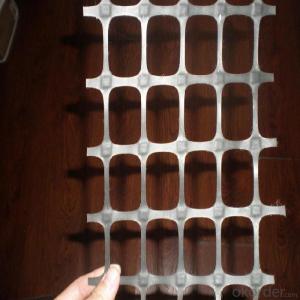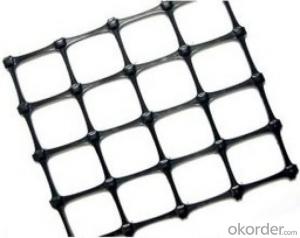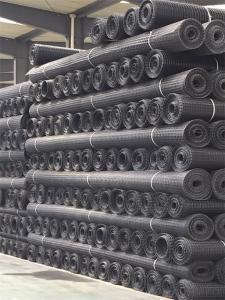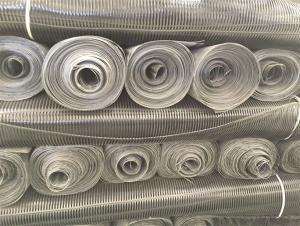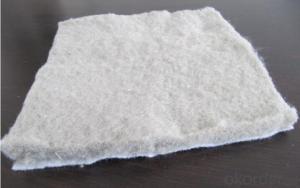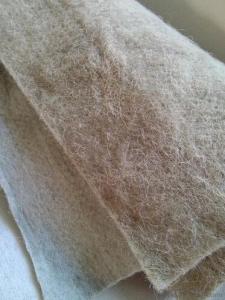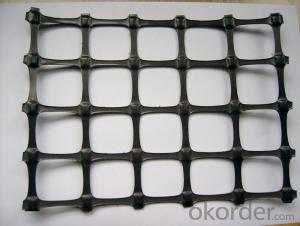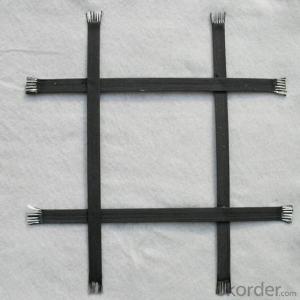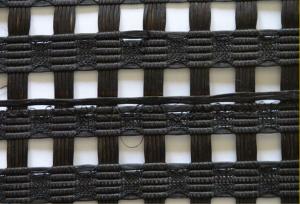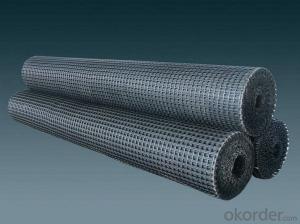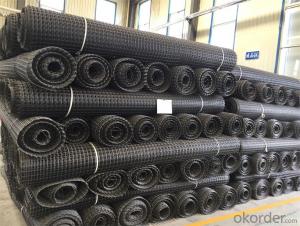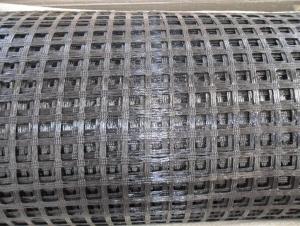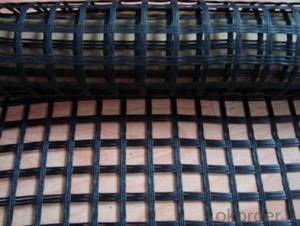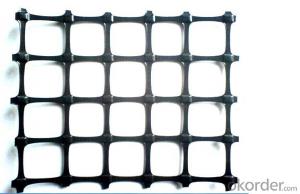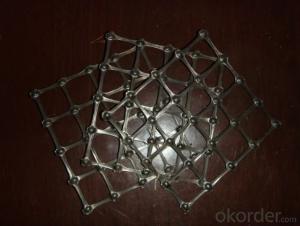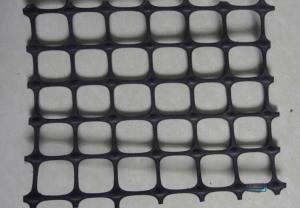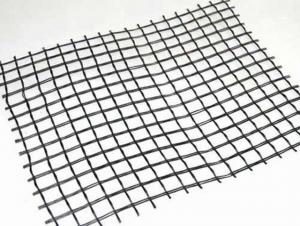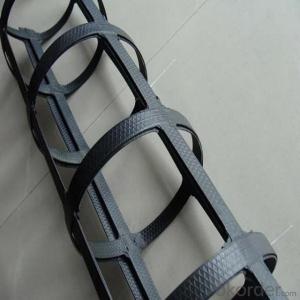Velocity Slope Geogrids - Fiberglass Geogrid with CE Certification and Bitumen Coated
- Loading Port:
- Qingdao
- Payment Terms:
- TT OR LC
- Min Order Qty:
- 50000 m²
- Supply Capability:
- 2000000 m²/month
OKorder Service Pledge
OKorder Financial Service
You Might Also Like
Fiberglass Geogrid with CE Certification and Bitumen Coated
Description Of Fiberglass Geogrid with CE Certification and Bitumen Coated:
1. A kind of planar mesh material using alkali-free fiberglass yarn as base body and
then coated with high quality modified asphalt.
2. Warp knitted with oriental structure which gives full play of yarn strength and improves its mechanical property to make the product high tensile, tearing and creep-resistant.
3. Coated with asphalt making full protection of the fiberglass matrix and greatly
improving its wear and shear resistance.
4. Having a good performance in pavement strengthening, track cracking and solving
difficulties of strengthening the bituminous pavement.
Main Features of Fiberglass Geogrid with CE Certification and Bitumen Coated:
1. Light weight, high tensile strength, high modulus, low elongation and good toughness.
2. Corrosion resistance, no long-term creep, long life span.
3. Good physical and chemical stability and good thermal stability.
4. Resistant to fatigue cracking, high-temperature track and low temperature shrinkage cracking.
5. Delaying and decreasing crack reflection.
Specifications of Fiberglass Geogrid with CE Certification and Bitumen Coated:
Tensile Strength (KN) | Warp | >30 | >50 | >60 | >80 | >100 | >120 | >150 | >200 |
Weft | >30 | >50 | >60 | >80 | >100 | >120 | >150 | >120 | |
Elongation(%) | <4< p=""> | <4< p=""> | <4< p=""> | <4< p=""> | <4< p=""> | <4< p=""> | <4< p=""> | <4< p=""> | |
Mesh Size(mm) | 25.4*25.4 | 25.4*25.4 | 25.4*25.4 | 25.4*25.4 | 25.4*25.4 | 25.4*25.4 | 25.4*25.4 | 25.4*25.4 | |
Elastic Modulus | 76 | 76 | 76 | 76 | 76 | 76 | 76 | 76 | |
Width(m) | 1~6 | 1~6 | 1~6 | 1~6 | 1~6 | 1~6 | 1~6 | 1~6 | |
Length(m) | 50~300 | 50~300 | 50~300 | 50~300 | 50~300 | 50~300 | 50~300 | 50~300 | |
Temperature Resistant(℃) | -100~280 | -100~280 | -100~280 | -100~280 | -100~280 | -100~280 | -100~280 | -100~280 | |
Resin Content (%) | 18~20 | 18~20 | 18~20 | 18~20 | 18~20 | 18~20 | 18~20 | 18~20 | |
Glue Type | Bitumen PVC SBR soakage | Bitumen PVC SBR soakage | Bitumen PVC SBR soakage | Bitumen PVC SBR soakage | Bitumen PVC SBR soakage | Bitumen PVC SBR soakage | Bitumen PVC SBR soakage | Bitumen PVC SBR soakage | |
Applications of Fiberglass Geogrid with CE Certification and Bitumen Coated:
1. Maintenance of old asphalt road reinforcement of asphalt pavement.
2. Converting old cement concrete road into composite road.
3. Restraining reflection cracking caused by block shrinkage.
4. Preventing and controlling the cracking caused by new and old combination and uneven settlement.
5. Road extension.
6. Reinforcement of soft soil foundation and overall strength of roadbed.
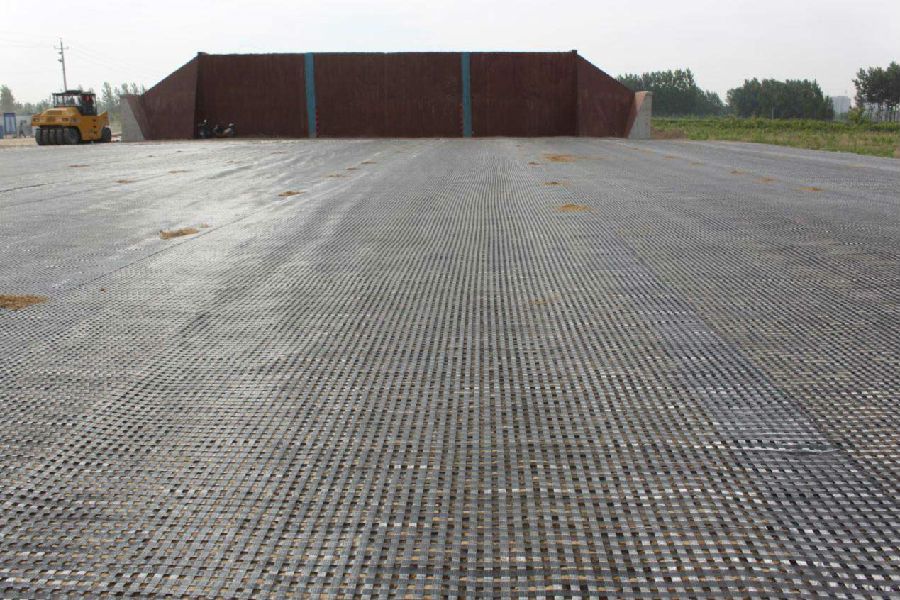
IMages of Fiberglass Geogrid with CE Certification and Bitumen Coated:
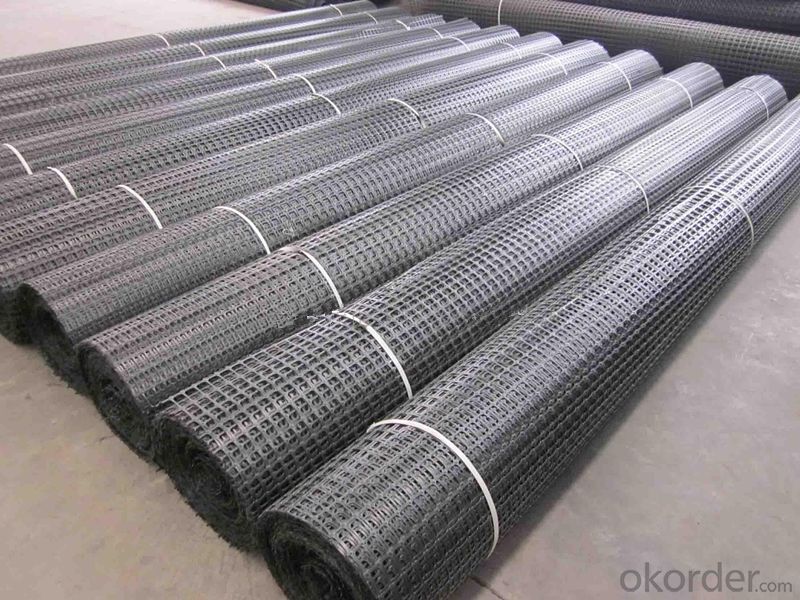
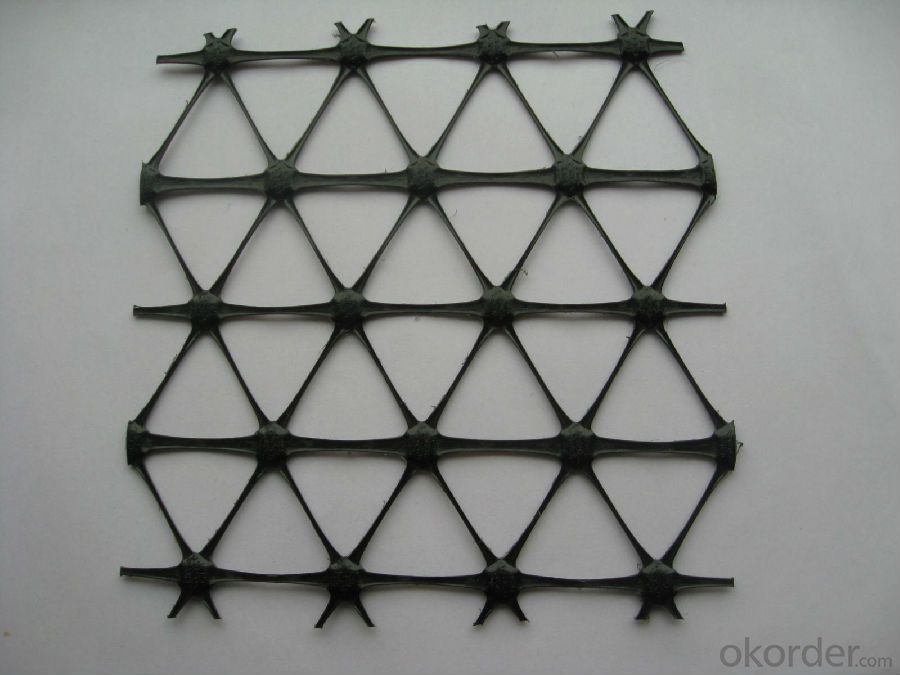

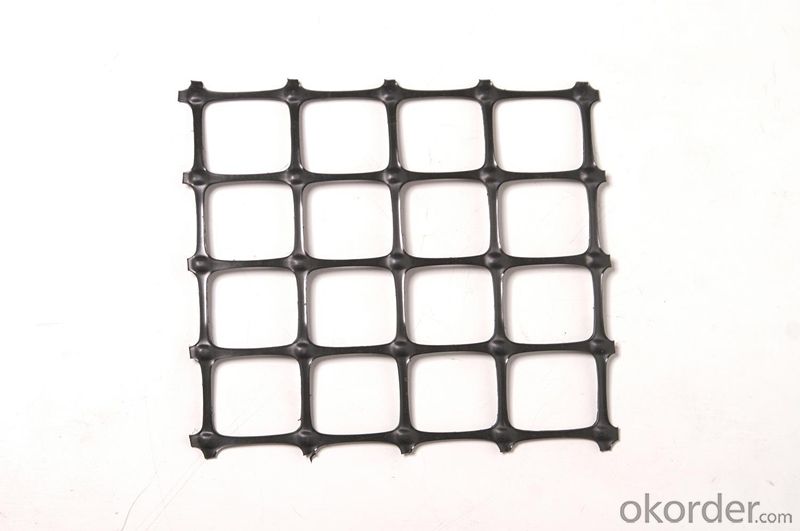
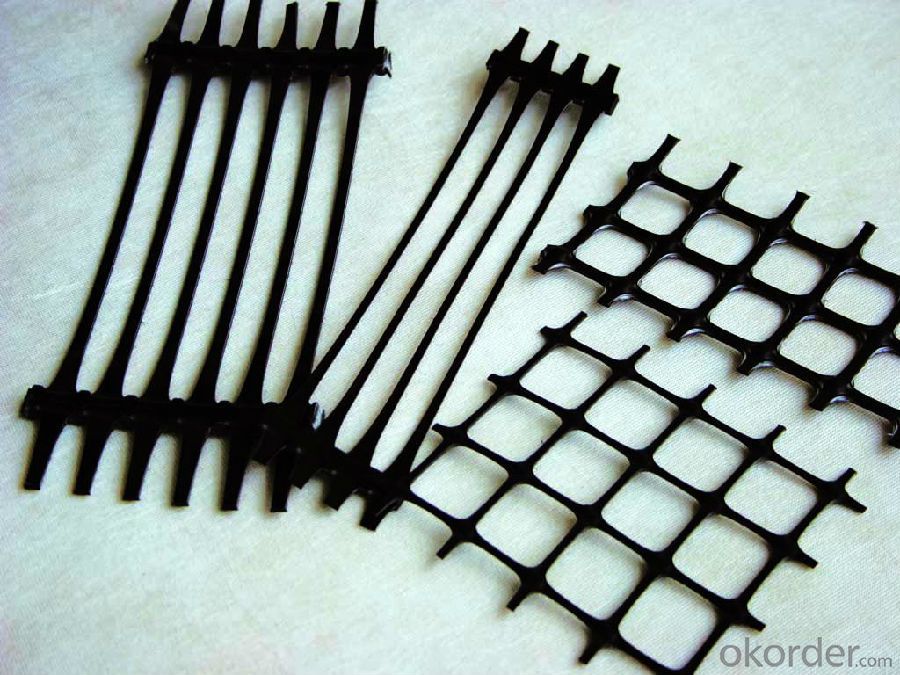
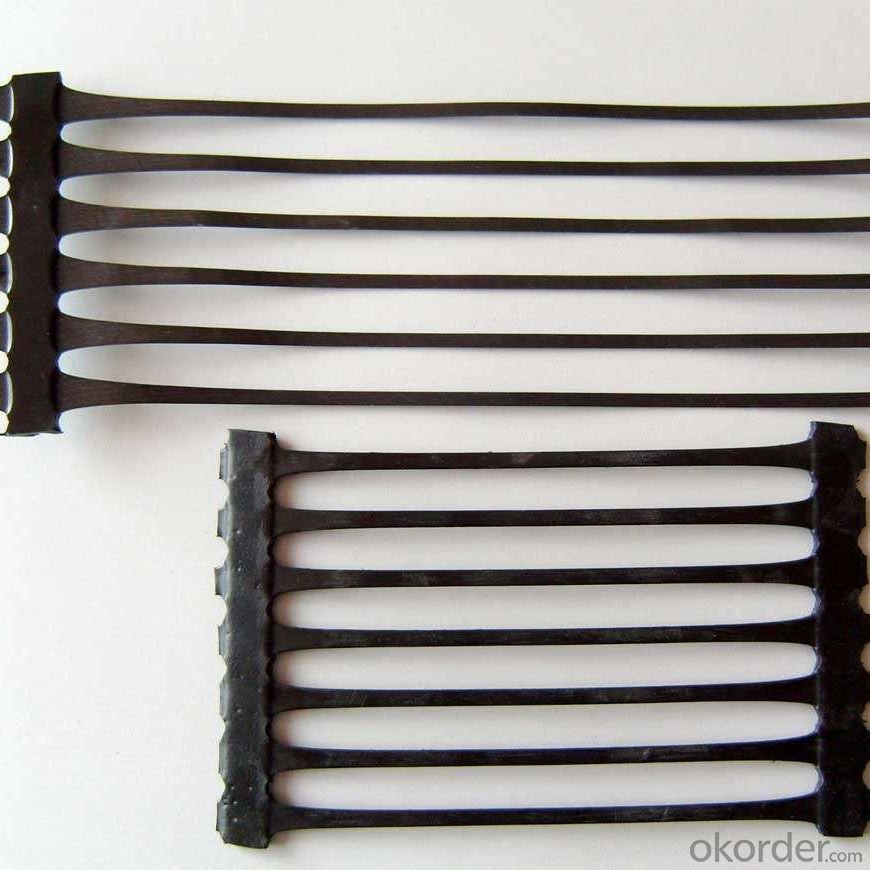
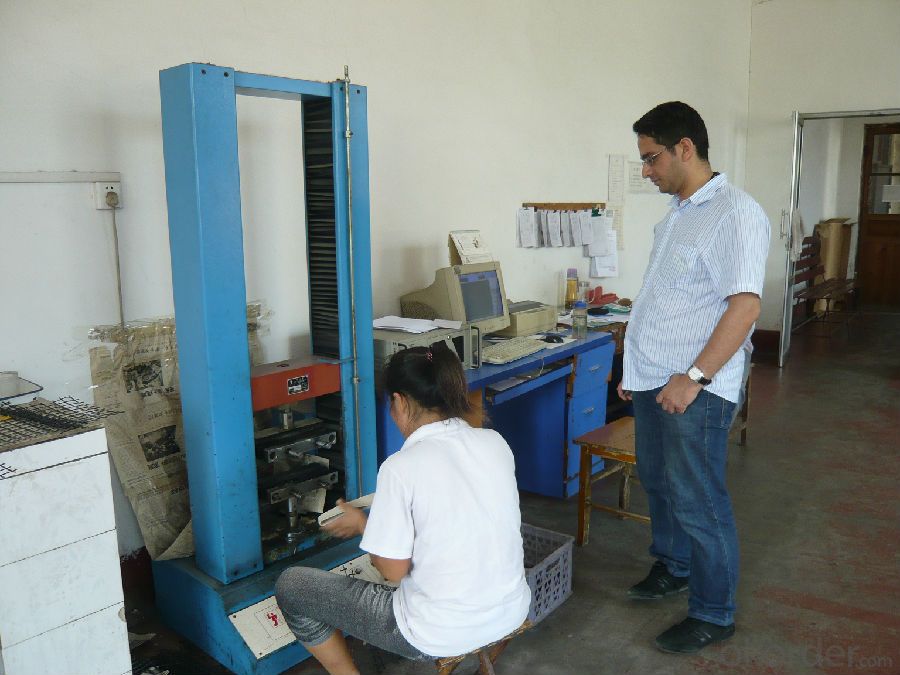
FAQ of Fiberglass Geogrid with CE Certification and Bitumen Coated:
1. What are we supplying?
We are specialized in producing Geosynthetic materials, like Geogrid Series, HDPE Geocell, Geonet, Geotextile, Geomat, Tri Denmensional Composite Grainage Geonet, and Geomembrane Series.
.
2. How Many years experience do we have?
We have been exported to more than 20 countries in the past 15 years.
3. How long do we usually reply your request?
We always reply our customer within 24 hours.
- Q: What is the effect of moisture on geogrid performance?
- Moisture can have a significant impact on geogrid performance. When geogrids are exposed to moisture, they may experience reduced tensile strength and stiffness, as well as increased elongation and creep deformation. Moisture can also lead to the degradation of geogrid materials, especially if they are not resistant to chemical or biological attack. Additionally, moisture can affect the interaction between geogrids and the surrounding soil, potentially reducing their effectiveness in providing soil reinforcement or confinement. Therefore, it is important to consider and mitigate the effects of moisture when using geogrids in engineering applications.
- Q: How much is a square grille
- See specifications, start at least 3.3Price inequality
- Q: How do geogrids improve soil stability?
- Geogrids improve soil stability by providing reinforcement and confinement to the soil, helping to distribute and transfer loads more evenly. They interlock with the soil particles, increasing the shear strength and preventing soil movement and erosion. Additionally, geogrids can enhance the load-bearing capacity of the soil, allowing for more efficient construction and reducing the risk of slope failures or settlement.
- Q: Can geogrids be used in ground stabilization for telecommunications infrastructure?
- Yes, geogrids can be used in ground stabilization for telecommunications infrastructure. Geogrids are commonly used to reinforce soils and provide stability to the ground, making them suitable for supporting the weight and load of telecommunications infrastructure such as towers, antennas, and cables. They help distribute the load more evenly, prevent soil erosion, and improve the overall stability and durability of the ground.
- Q: Are geogrids effective in reducing soil erosion?
- Yes, geogrids are effective in reducing soil erosion. Geogrids are engineered materials that can be placed in soil to stabilize it and prevent erosion. They provide reinforcement to the soil, increasing its strength and resistance to erosion caused by wind, water, or other factors. By reducing soil erosion, geogrids help to maintain the integrity of slopes, embankments, and other structures, ultimately protecting the environment and promoting sustainable land use.
- Q: How do geogrids improve the performance of geosynthetic tube structures?
- Geogrids improve the performance of geosynthetic tube structures by providing enhanced strength and stability. They act as a reinforcement element, distributing and transferring loads more efficiently across the structure. This reinforcement helps to mitigate potential deformations and structural failures, ultimately increasing the overall performance and longevity of the geosynthetic tube structures.
- Q: Is it possible to add fiberglass grille between asphalt pavement and asphalt pavement
- If you want to be perfect, it is best to shop floor grille
- Q: Can geogrids be used in reinforcement of underground utility corridors?
- Yes, geogrids can be effectively used in the reinforcement of underground utility corridors. Geogrids provide structural support and stability to the soil surrounding the utility corridors, minimizing the risk of settlement and shifting. They improve the load-bearing capacity of the soil, preventing damage and potential collapse of the underground utility infrastructure. Additionally, geogrids can help distribute loads more evenly and reduce stress concentration, ensuring the long-term durability and performance of the utility corridors.
- Q: What is the calculation method of geogrid?
- Steel plastic grille, plastic grille thickness of about 2-3, the thickness of the glass fiber grille thinner; grams of technical indicators are also reflected inVolume: Volume II: RR*H cylinder algorithm can also estimate a cuboid length * width * height weight algorithm: unit weight * total areaExample: two way plastic grille 30-30KN width of 4 meters, a length of 50 meters, the volume of the volume of 4, the diameter of 35-41cm, some volumes are not round
- Q: What are the different types of geogrids available?
- There are several different types of geogrids available, including uniaxial geogrids, biaxial geogrids, and triaxial geogrids. Uniaxial geogrids have strength in one primary direction and are often used for soil reinforcement and slope stabilization. Biaxial geogrids have strength in two directions and are commonly used for pavement stabilization and ground reinforcement. Triaxial geogrids have strength in three directions and are typically used for heavy-duty applications such as retaining walls and embankments.
Send your message to us
Velocity Slope Geogrids - Fiberglass Geogrid with CE Certification and Bitumen Coated
- Loading Port:
- Qingdao
- Payment Terms:
- TT OR LC
- Min Order Qty:
- 50000 m²
- Supply Capability:
- 2000000 m²/month
OKorder Service Pledge
OKorder Financial Service
Similar products
Hot products
Hot Searches
Related keywords
